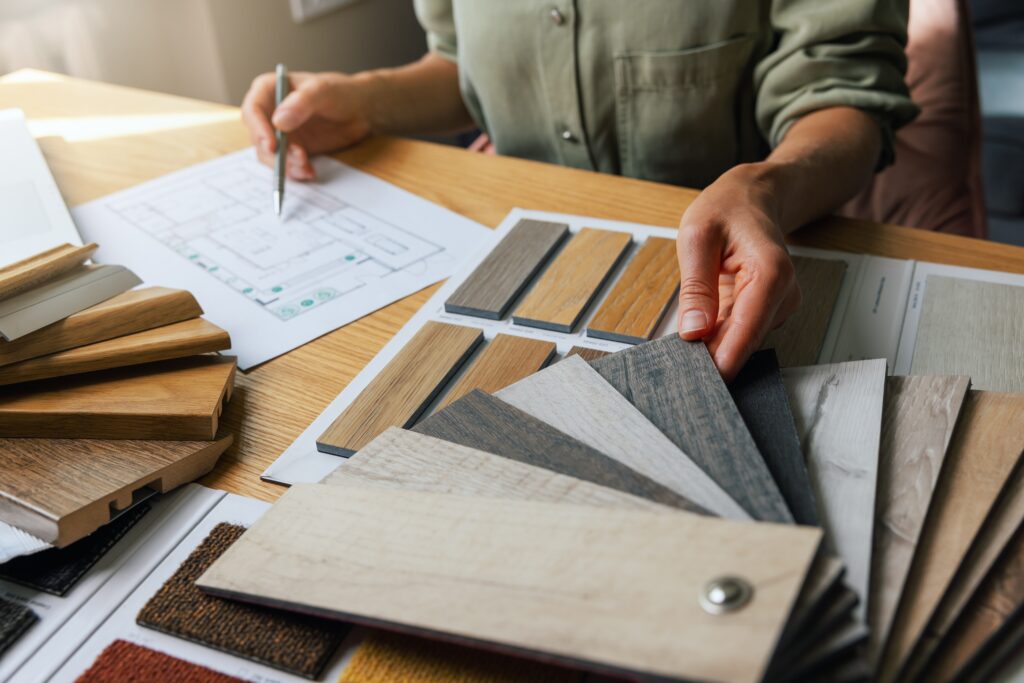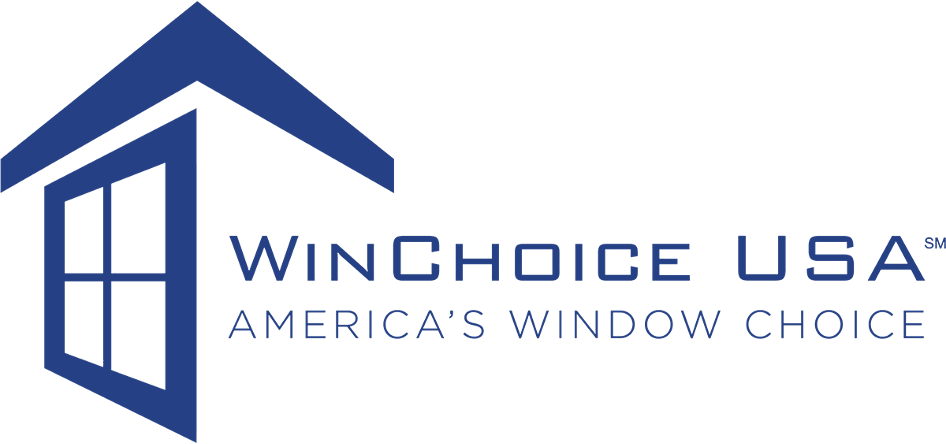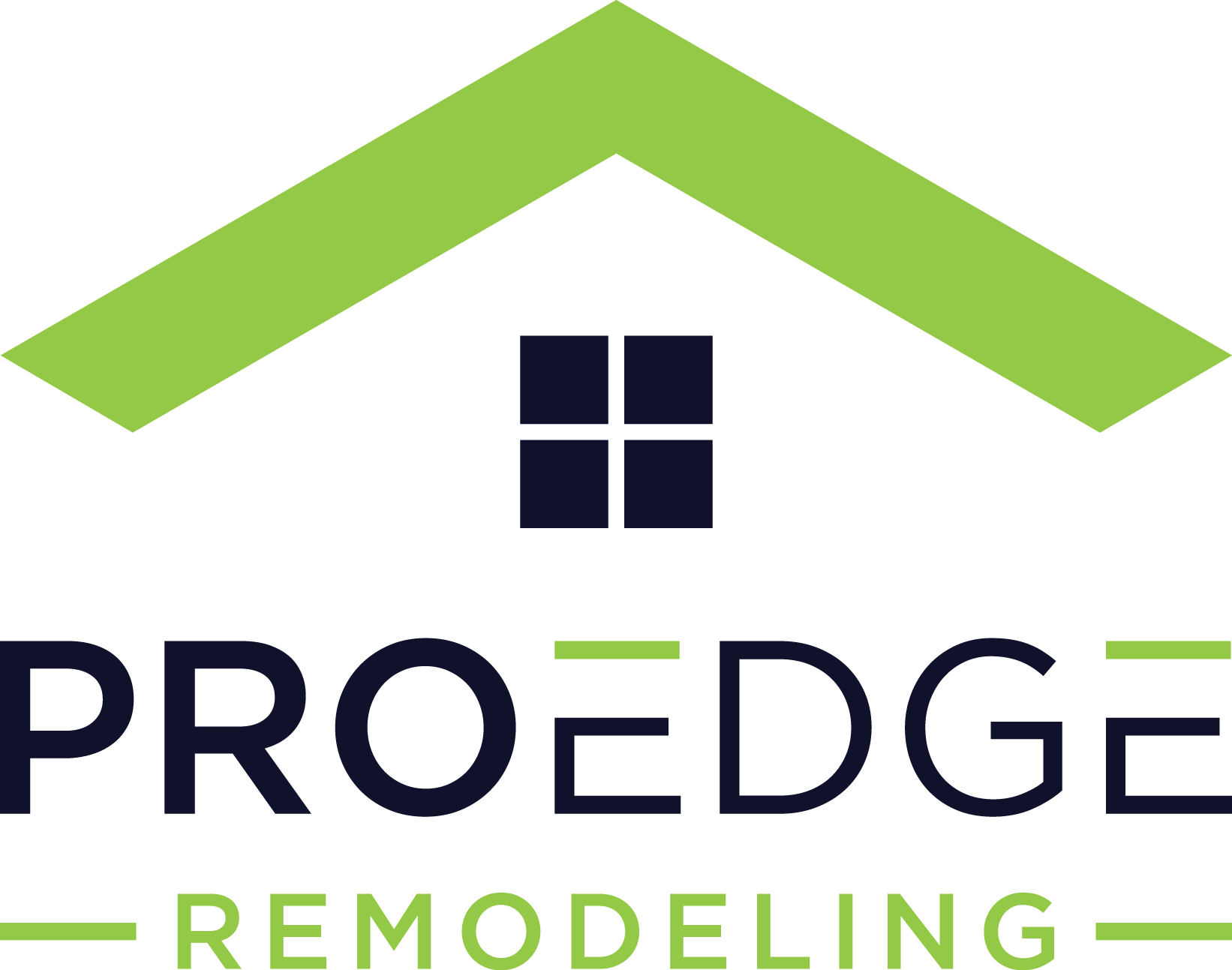8 Top ROI Home Projects

Planning a home renovation can be exciting and a little overwhelming. You might picture a stylish new kitchen or a comfortable outdoor deck, but the budget is always in the back of your mind. It is only natural to wonder whether the money you put in will truly add value to your home.
That’s where understanding Return on Investment, or ROI, can come handy. It’s a simple way to measure how much of your renovation cost you’ll get back when you eventually sell your home. The right projects can make your home more enjoyable for you right now and more attractive to buyers later.
This guide breaks down the top home improvement projects that offer the best financial returns. We’ll walk through each one so you can feel confident about where to put your money.
Why ROI Matters in Home Renovations
Before diving into specific projects, let’s talk about why ROI is such a helpful tool. In home improvement, ROI tells you what percentage of your project’s cost is added to your home’s sale price. If you spend $20,000 on a remodel and it increases your home’s value by $16,000, your ROI is 80%.
It’s important to know that most projects don’t return 100% of their cost. This is perfectly fine. Think of it this way: a project with an 80% ROI means you only paid 20% of the cost for all the years of enjoyment you got from it.
This brings up the balance between financial return and personal happiness. The National Association of REALTORS® measures this with a “Joy Score,” which rates how much satisfaction a project brings. Sometimes, the projects that bring the most joy, like a major kitchen overhaul, have a lower financial ROI. The key is to find a project that feels right for both your lifestyle and your wallet.
8 Best ROI Home Projects to Consider
So, where should you start? According to the latest industry data, exterior projects that boost curb appeal often give you the most bang for your buck. However, a few smart interior updates also make a huge difference.
Here’s a quick look at the projects that consistently deliver the highest returns.
Project | Average Cost | Average Resale Value | Return on Investment (ROI) |
Garage Door Replacement | $4,513 | $8,751 | 193.9% |
Minor Kitchen Remodel | $27,492 | $26,406 | 96.1% |
Siding Replacement (Fiber-Cement) | $20,619 | $18,230 | 88.4% |
Deck Addition (Wood) | $17,615 | $14,596 | 82.9% |
Bathroom Remodel (Mid-Range) | $25,251 | $18,613 | 73.7% |
Window Replacement (Vinyl) | $21,264 | $14,270 | 67.1% |
Roof Replacement (Asphalt) | $30,680 | $17,461 | 57.0% |
Attic Insulation | Varies | Varies | 100%+ |
1. Garage Door Replacement
It might sound simple, but replacing your garage door is the single best home improvement project for ROI, returning an incredible 193.9% of its cost. Since a garage door can take up a large portion of your home’s exterior, a new one instantly modernizes your home and boosts its curb appeal.
This is a high-impact upgrade with a relatively low cost, making it a smart and easy win.
2. Kitchen Remodel (Minor or Mid-Range)
You do not need to gut the kitchen to see meaningful results. In fact, small but targeted upgrades often deliver nearly the same appeal as a full remodel at a much lower cost.
A minor kitchen remodel is one of the best interior projects, with an ROI of 96.1%. Buyers love a fresh, functional kitchen, and a few key updates can make a world of difference.
A typical minor remodel focuses on cosmetic updates. You can reface your cabinets, swap out old hardware, install new countertops, and upgrade to energy-efficient appliances. These changes create a modern feel without the massive expense of changing the room’s layout.
3. Bathroom Remodel
A clean, modern bathroom is always a major selling point. A mid-range bathroom remodel can give you a solid ROI of around 73.7%. This usually involves updating essentials like the tub, tile surround, toilet, vanity, and flooring.
You can make a big impact by adding modern fixtures, a fresh coat of paint, or a new vanity. If you want to add a touch of luxury, a walk-in shower with a frameless glass door can make the space feel more open and spa-like.
4. New Siding Replacement
Your home’s siding is its first impression. Replacing old or worn siding not only makes your home look great but also protects it from the elements. The ROI you get depends on the material you choose.
Fiber-cement siding offers a fantastic return of 88.4%. It’s incredibly durable and low-maintenance, and can mimic the look of wood or stucco. Vinyl siding is another popular choice with an ROI of 80.2%. It’s more affordable and requires very little upkeep.
5. Window Replacement
New windows instantly refresh the look of your home, boosting curb appeal, while also improving insulation and lowering energy costs. While the upfront ROI might seem modest, the long-term savings are a huge plus for you and future buyers.
Vinyl windows are a cost-effective choice, returning 67.1% of their cost. They are durable, low-maintenance, and great insulators. Wood windows offer a classic, beautiful look but come with a higher price tag and a slightly lower ROI of 62.9%. They also require more maintenance to protect them from the elements.
6. Deck Addition
Adding a deck is like giving your home a whole new room. It expands your outdoor living space for relaxing and entertaining, which is a feature many buyers are looking for.
A wood deck offers a strong ROI of 82.9%. It has a classic, natural look but does require regular maintenance like sealing or staining. A composite deck costs more upfront and has a lower ROI of 68.2%, but its main advantage is that it’s extremely low-maintenance and durable.
7. Roof Replacement
A new roof gives buyers peace of mind. While it’s a major expense, it signals that your home is well-maintained and structurally sound, which can be a huge relief for a potential buyer.
Replacing your roof with new asphalt shingles has an average ROI of 57%. Architectural shingles are a great choice because they are thicker and more durable than standard shingles, offering a longer lifespan. While more expensive, a metal roof can last 50 years or more and is highly energy-efficient.
8. Attic Insulation
Insulation may not be the most eye-catching upgrade, but adding attic insulation often delivers an ROI of 100% or more.
A well-insulated attic can save you an average of 15% on heating and cooling costs. It’s a low-cost improvement that makes your home more comfortable and energy-efficient, which is a huge plus for any homeowner.
Factors That Influence ROI on Home Projects
The national ROI averages are a great starting point, but your actual ROI can be affected by a few key factors. Things like your location, the timing of your project, and the quality of your work all play a part in how much value you add. Understanding these factors will help you plan smarter and avoid spending money on features that won’t pay off.
Your Location and Neighborhood
Where you live has a huge effect on your ROI. A deck in sunny Arizona is a must-have feature, but it might only see seasonal use in Minnesota. Likewise, a pool adds a lot of value in Florida but could be seen as an expensive hassle in the Northeast.
Buyers will also compare your home to others nearby. If your neighbors have modest homes, installing marble floors and a chef’s kitchen in yours might not give you a good financial return. Appraisers and buyers have a “neighborhood ceiling” they use as a benchmark. To get the best ROI, your goal should be to bring your home up to the standard of similar properties, not to overshoot it.
Market Conditions and Timing
The housing market can also shape your renovation returns. In a hot seller’s market where demand is high, even small improvements can boost your sale price. But in a slow buyer’s market, even big upgrades might not be enough to raise your price significantly.
Material and labor costs change over time, too. If you renovate when costs are high, you might spend more than you can get back in resale value. If you’re renovating to sell, it’s a good idea to keep an eye on both real estate and construction trends. Sometimes, waiting for costs to stabilize can improve your return.
The Scope of Your Project
When it comes to ROI, bigger isn’t always better. Minor remodels often have a better return than major overhauls because the costs are lower and the changes appeal to more people. For example, a mid-range kitchen remodel might return over 96% of its cost, while an expensive, upscale kitchen overhaul may only return about 38%.
If you plan to sell soon, focus on projects that give your home a fresh, updated look without major structural changes. You can save the large-scale renovations for when you plan to stay in your home long enough to enjoy them yourself.
Quality of Materials and Workmanship
Buyers can easily spot the difference between professional work and a project where corners were cut. Using durable materials and ensuring solid craftsmanship will almost always produce a better ROI because it gives buyers confidence in your home’s condition.
For example, a steel front door replacement recovers nearly all of its cost because it improves curb appeal and provides lasting security. Cheaper alternatives, on the other hand, might wear down quickly and make buyers worry. Finding the right balance of quality and value, and hiring experienced contractors, is key.
Functionality and Buyer Preferences
Even beautiful finishes can fall flat if the home’s layout doesn’t work for modern life. Homes with awkward or outdated floor plans can be hard to sell, no matter how nice they look. Features like good storage, well-designed kitchens, and flexible spaces for a home office usually deliver a stronger ROI because they fit how people live today.
Before you start a big project, think about what buyers in your area are looking for. In some cities, a home office is a top priority. In others, outdoor living space is more valuable.
Energy Efficiency and Sustainability
More and more, buyers are looking for homes with lower utility bills and eco-friendly features. Energy-efficient windows, modern insulation, and high-efficiency HVAC systems are attractive because they provide immediate savings and long-term appeal. These upgrades often rank high for ROI.
According to the Environmental Protection Agency, adding insulation to your attic can save about 15% on heating and cooling costs. Even if buyers can’t see the insulation, they will definitely value the comfort and lower energy bills.
How Long You Plan to Stay
How long you plan to live in your home also affects your ROI. If you’re renovating right before you sell, the project will be judged almost entirely on its resale value. But if you’re renovating several years before you sell, you get to enjoy the benefits every day.
If you’re selling in the next year or two, focus on visible, lower-cost improvements like painting, new siding, or updated fixtures. If you plan to stay longer, it may be worth investing in more durable or energy-efficient upgrades that pay for themselves slowly over time.
Permits, Regulations, and Hidden Problems
Some projects require permits to ensure they meet local building codes. Skipping this step can hurt your resale value and might even stop a future sale. A bathroom remodel without the right plumbing permits, for example, could scare off buyers.
Hidden issues like water damage or pest problems can also sink your ROI. These aren’t fun projects, but fixing them is critical to protecting your home’s value. Buyers and inspectors will notice if you’ve just patched over a problem instead of solving it at the source.
Curb Appeal and First Impressions
First impressions matter more than you might think. The outside of your home sets a buyer’s expectations before they even step through the door. Projects like new siding, a fresh coat of paint, or a new garage door can have a huge ROI. These improvements tend to return a high percentage of their cost because they immediately change how buyers see the entire property.
How to Choose the Right ROI Project for Your Home
Feeling ready to get started? Choosing the right project comes down to your personal goals and financial situation. Here’s a simple way to think through your decision.
Start with your goals
Think about what you want to accomplish. Some projects are lifestyle driven, like upgrading a bathroom for daily comfort. Others are strategic, aimed at boosting resale value. Knowing your priority helps narrow down which projects make sense.
Look for upgrades that will bring you joy now and also appeal to buyers later. A minor kitchen or bathroom remodel is a perfect example. It improves your daily life and offers a great financial return.
Assess Your Budget
Be realistic about what you can afford. A good rule of thumb is to budget 5% to 15% of your home’s value for a kitchen remodel. Always set aside an extra 10% to 20% as a contingency fund for unexpected costs that might pop up.
Long-term maintenance costs
A wood deck might be cheaper upfront, but a composite deck will save you time and money on upkeep for years to come. Considering the total cost of ownership will help you make the smartest decision for the long haul.
Consult with professionals
Contractors, real estate agents, and appraisers can give you insight into which projects carry the most weight in your market. Their perspective helps you avoid over-improving or spending on features that won’t deliver a good return.
Conclusion
Choosing the right home improvement project is all about finding the perfect balance between your personal happiness and smart financial planning. Projects that boost curb appeal, like a new garage door or fresh siding, consistently offer the highest returns. For the interior, modest kitchen and bathroom updates are a sure bet.
Start by thinking about your main goal. Are you planning to sell soon, or do you want to enjoy your home for years to come? Once you have your answer, you can pick one project that fits your budget and get connected with local experts in your area.

Anna has over six years of experience in the home services and journalism industries and serves as the Content Manager at MyHomePros.com, specializing in making complex home improvement topics like HVAC, roofing, and plumbing accessible to all. With a bachelor’s degree in journalism from Auburn University, she excels in crafting localized, comprehensive guides that cater to homeowners’ unique needs. Living on both coasts of the United States has equipped her with a distinctive perspective, fueling her passion for turning any house into a cherished home through informed, personalized decision-making.








